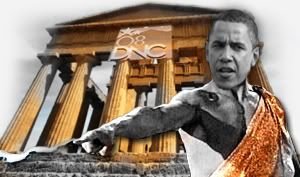ladyliberal
Progressive Princess
- Aug 5, 2011
- 1,253
- 291
- 48
http://www.nytimes.com/2011/09/24/opinion/the-phony-solyndra-scandal.html
The NYT's Joe Nocera offered the strongest defense of Solyndra I've seen so far. He says
-- No one is going to jail
-- The government has a role to play in investing in risky new technology
-- The scandal is "manufactured" by political partisans
I certainly agree with Nocera on his second point. The government has wider and longer interests than businesses, so it makes perfect sense for them to invest in for-profit technology companies as well as nonprofit basic research. I think that's a point that has been lost in this wider scandal.
However, I'm less charitable than Nocera on his other points. When executives are taking the fifth and the FBI is raiding offices, I have to think there is a possibility of criminal charges. And it seems clear that political pressure (though perhaps not extraordinary pressure) infected the decision to grant the loans. That's a worthy subject of Congressional inquiry, though of course Congress can't resist political posturing.
The NYT's Joe Nocera offered the strongest defense of Solyndra I've seen so far. He says
-- No one is going to jail
-- The government has a role to play in investing in risky new technology
-- The scandal is "manufactured" by political partisans
I certainly agree with Nocera on his second point. The government has wider and longer interests than businesses, so it makes perfect sense for them to invest in for-profit technology companies as well as nonprofit basic research. I think that's a point that has been lost in this wider scandal.
However, I'm less charitable than Nocera on his other points. When executives are taking the fifth and the FBI is raiding offices, I have to think there is a possibility of criminal charges. And it seems clear that political pressure (though perhaps not extraordinary pressure) infected the decision to grant the loans. That's a worthy subject of Congressional inquiry, though of course Congress can't resist political posturing.



